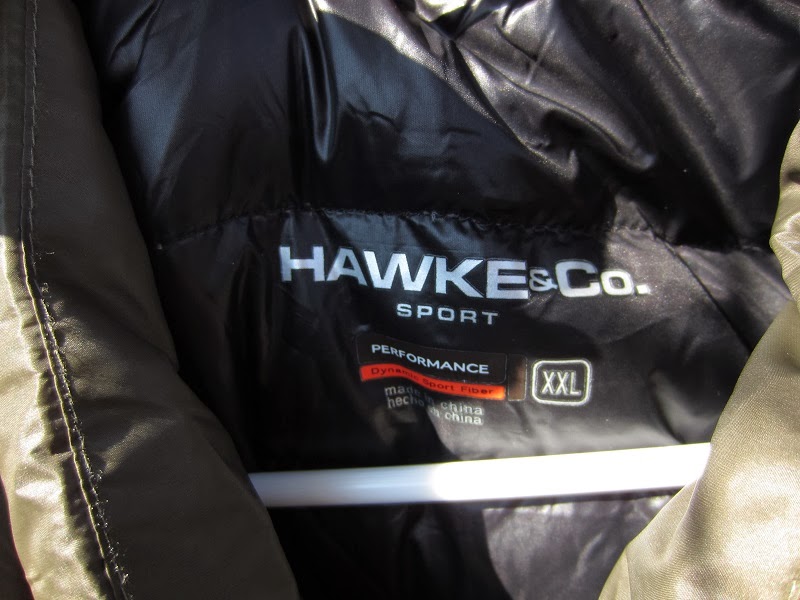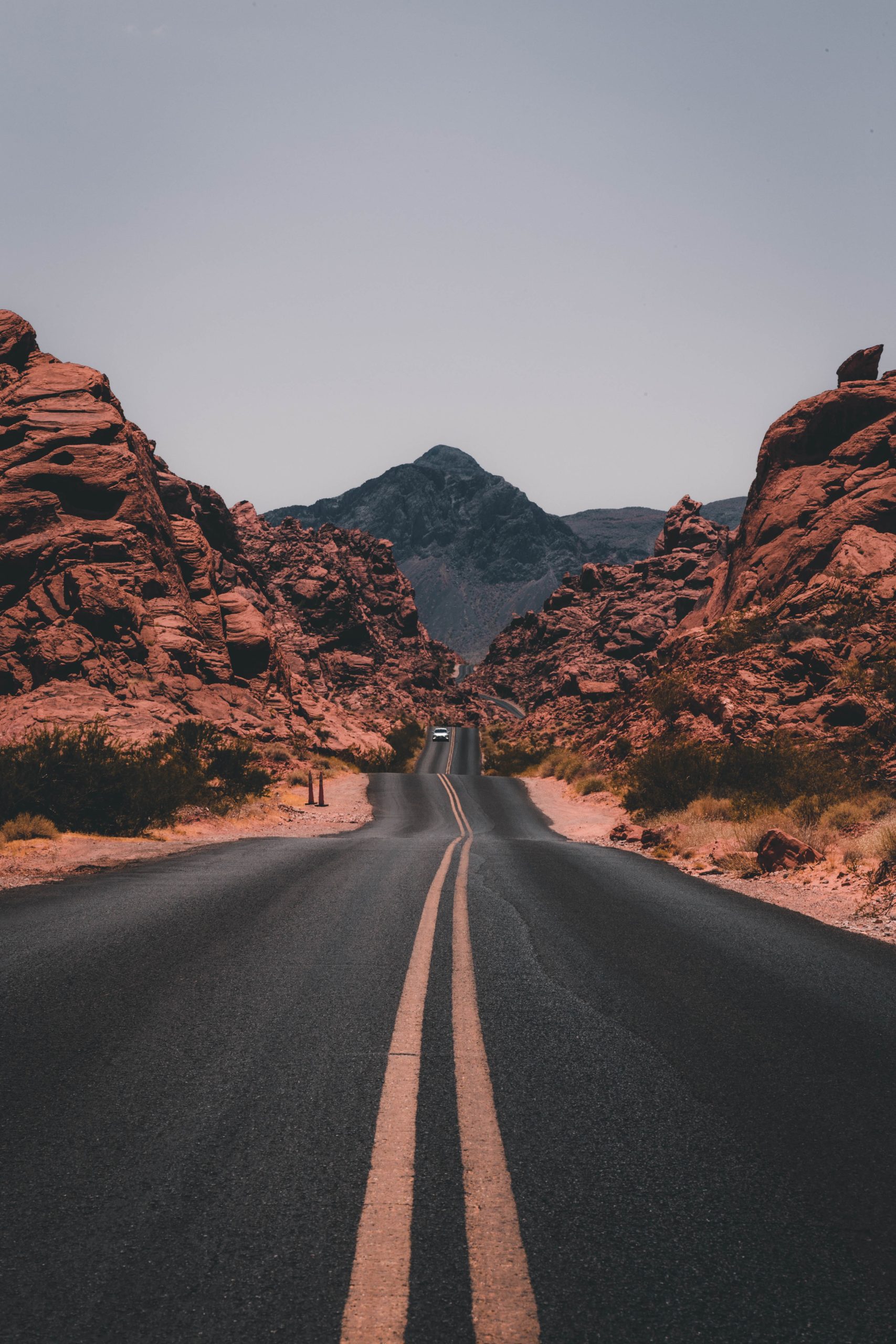Inexpensive Lightweight Down Vest
Yesterday it was 67 degrees at my house in central Virginia and later
this week the weather is promising more of the same. This is a bit odd in my neck of the woods for
two reasons. First, the average high in
March is in the 50’s. Secondly, we’ve
had two snowstorms in the last two weeks and the lows have dipped into the
teens and twenties almost every night. Fortunately,
with March comes the annual push to clear out winter gear for most shops and a
chance for those of us in the position to buy to get some inexpensive gear.
 I travel weekly for the job I’ve held for the last year. It isn’t ideal, but it’s been paying the bills. Getting ready for week after week on the road
I travel weekly for the job I’ve held for the last year. It isn’t ideal, but it’s been paying the bills. Getting ready for week after week on the road
has taught me how to be more efficient with my traveling gear and my
lightweight mentality has continued to serve me well to keep weights low. I was in need of an inexpensive lightweight
down vest now that warmer months are ahead.
“Lightweight” down vests are easier now more than ever to find, but “inexpensive”
is not. Down has been steadily
increasing in cost for the last several years primarily because of a down shortage. Bird flu, coupled with Asian countries
consuming less down, means feathers are more costly nowadays. Secondly, the rise of hydrophobic
(waterproof) down has higher manufacturing costs. While treating down isn’t “the norm” just
yet, it is becoming more common as there hasn’t been sufficient long-term
studies to enable anyone to claim whether the treatment will compromise the
down after a period of time and “waterproof down” sure seems enticing.
 Bottom line, I checked all the usual suspects for down vests and
Bottom line, I checked all the usual suspects for down vests and
decided prices were too high. My next
stop was eBAY where I sourced a new down vest for $18 which included
shipping. The size was XXL, in loden
color and was just slightly above 7 oz.
I would imagine a medium would be closer to 5 ounces. While I do not know the amount of fill, I do
know that 550 fill-power was used. For
those that don’t understand the concept of fill-power, the lower the number the
more resilient the down and also less expensive. It also means more is required to achieve the
same warmth than if higher fill-power is used.
High fill-power is fluffier, thereby it takes less quantity, resulting
in less weight, to achieve the same warmth.
But, high fill-power is more costly and harder to source. Most budget-conscious down products are made
from 550-750 fill-power and these items are usually heavier. The manufacturer was Hawke and Co., whom I
had no previous knowledge, but I believe they have fashion affiliation with
companies like Macy’s. Similar to more
expensive apparel, seams are neat and straight and the ankle and waist cuffs
are elasticized. Two zippered hand-warmer
pockets are plenty useful and there is an interior stuff pocket to enable the
vest to be stuffed into its own pouch.
Even the tags are printed to the fabric versus the annoying dangling
tags that seem to always tickle and (gasp!) are unnecessary extra weight. The fabric is nylon of some kind. The use of YKK zippers is very welcomed.
 I compared this vest to my Stoic vest which I referenced HERE. The weight and features are very similar, but
I compared this vest to my Stoic vest which I referenced HERE. The weight and features are very similar, but
there are some compromises. On my Hawke
and Co, there are no waist or neck cinches and arguably the cut is more boxy
than the Stoic. While the Stoic has no
hand-warmer pockets, it is made of Pertex and is slightly longer with a bit of
a drop tail. While it was tough to tell
if either had more fill, I’d give the edge to the Stoic.
this week the weather is promising more of the same. This is a bit odd in my neck of the woods for
two reasons. First, the average high in
March is in the 50’s. Secondly, we’ve
had two snowstorms in the last two weeks and the lows have dipped into the
teens and twenties almost every night. Fortunately,
with March comes the annual push to clear out winter gear for most shops and a
chance for those of us in the position to buy to get some inexpensive gear.
 I travel weekly for the job I’ve held for the last year. It isn’t ideal, but it’s been paying the bills. Getting ready for week after week on the road
I travel weekly for the job I’ve held for the last year. It isn’t ideal, but it’s been paying the bills. Getting ready for week after week on the roadhas taught me how to be more efficient with my traveling gear and my
lightweight mentality has continued to serve me well to keep weights low. I was in need of an inexpensive lightweight
down vest now that warmer months are ahead.
“Lightweight” down vests are easier now more than ever to find, but “inexpensive”
is not. Down has been steadily
increasing in cost for the last several years primarily because of a down shortage. Bird flu, coupled with Asian countries
consuming less down, means feathers are more costly nowadays. Secondly, the rise of hydrophobic
(waterproof) down has higher manufacturing costs. While treating down isn’t “the norm” just
yet, it is becoming more common as there hasn’t been sufficient long-term
studies to enable anyone to claim whether the treatment will compromise the
down after a period of time and “waterproof down” sure seems enticing.
 Bottom line, I checked all the usual suspects for down vests and
Bottom line, I checked all the usual suspects for down vests anddecided prices were too high. My next
stop was eBAY where I sourced a new down vest for $18 which included
shipping. The size was XXL, in loden
color and was just slightly above 7 oz.
I would imagine a medium would be closer to 5 ounces. While I do not know the amount of fill, I do
know that 550 fill-power was used. For
those that don’t understand the concept of fill-power, the lower the number the
more resilient the down and also less expensive. It also means more is required to achieve the
same warmth than if higher fill-power is used.
High fill-power is fluffier, thereby it takes less quantity, resulting
in less weight, to achieve the same warmth.
But, high fill-power is more costly and harder to source. Most budget-conscious down products are made
from 550-750 fill-power and these items are usually heavier. The manufacturer was Hawke and Co., whom I
had no previous knowledge, but I believe they have fashion affiliation with
companies like Macy’s. Similar to more
expensive apparel, seams are neat and straight and the ankle and waist cuffs
are elasticized. Two zippered hand-warmer
pockets are plenty useful and there is an interior stuff pocket to enable the
vest to be stuffed into its own pouch.
Even the tags are printed to the fabric versus the annoying dangling
tags that seem to always tickle and (gasp!) are unnecessary extra weight. The fabric is nylon of some kind. The use of YKK zippers is very welcomed.
 I compared this vest to my Stoic vest which I referenced HERE. The weight and features are very similar, but
I compared this vest to my Stoic vest which I referenced HERE. The weight and features are very similar, butthere are some compromises. On my Hawke
and Co, there are no waist or neck cinches and arguably the cut is more boxy
than the Stoic. While the Stoic has no
hand-warmer pockets, it is made of Pertex and is slightly longer with a bit of
a drop tail. While it was tough to tell
if either had more fill, I’d give the edge to the Stoic.
Bottom line, if you’re looking for a good-enough inexpensive
lightweight down vest, take a look at eBAY for Hawke and Co., search by price,
and you can take home a purchase that may also work for your needs.
lightweight down vest, take a look at eBAY for Hawke and Co., search by price,
and you can take home a purchase that may also work for your needs.

